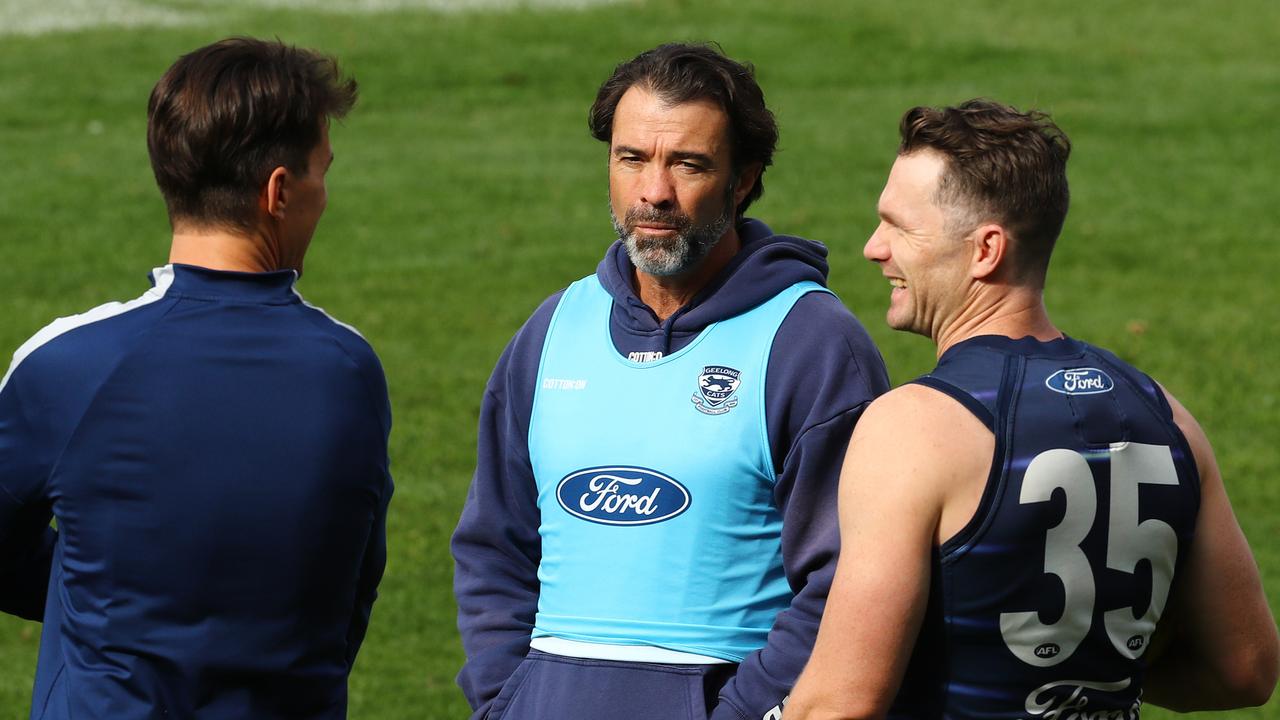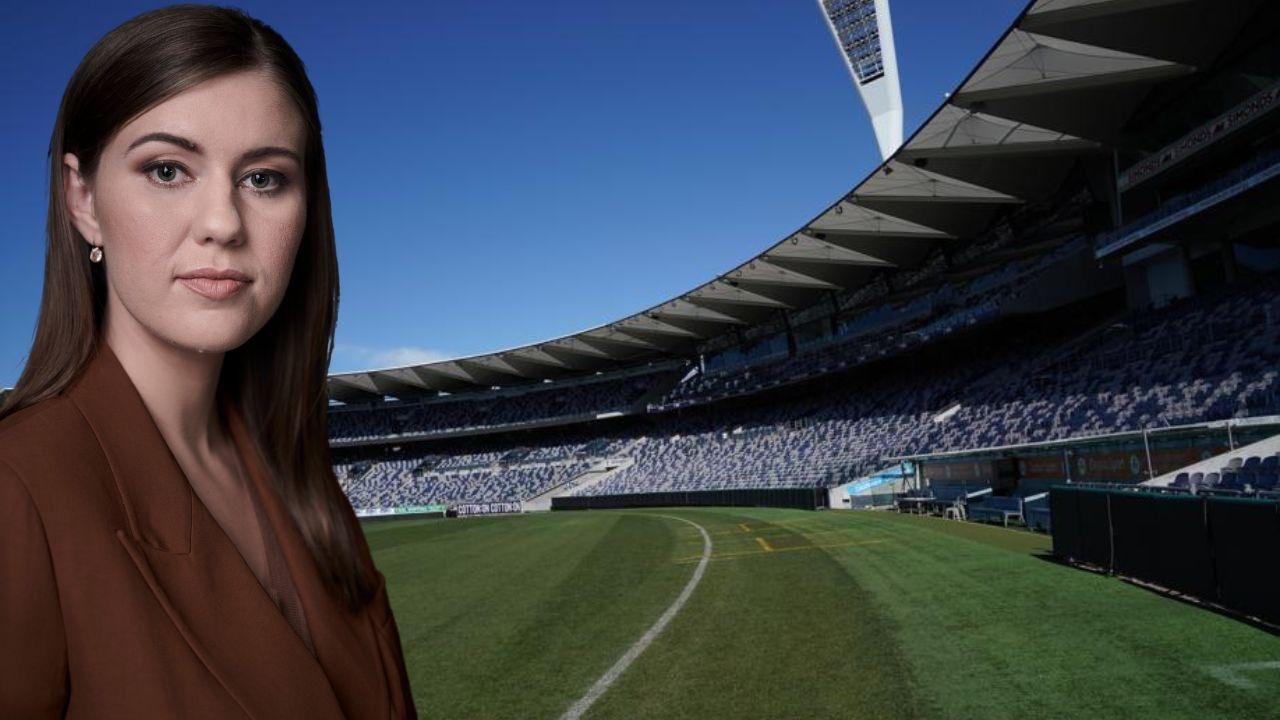Australian Transport Safety Bureau (ATSB) probes Point Lonsdale helicopter crash
An aviation veteran and friend of a helicopter pilot who crashed near Point Lonsdale says flight-tracking data alleging the chopper was flying very low was wrong.

Geelong
Don't miss out on the headlines from Geelong. Followed categories will be added to My News.
An aviation veteran and friend of a helicopter pilot whose chopper crashed near Point Lonsdale has labelled recent flight tracking data alleging the aircraft was flying very low as “incorrect”.
Three people, including well-known and respected pilot Anton Westerink, were badly injured when a Robinson R44 plummeted into the ocean between Ocean Grove and Point Lonsdale on May 9.
A joint multi-agency investigation involving the Australian Transport Safety Bureau (ATSB) is examining the circumstances that led to the accident.

Carl Bruce, the founder of Geelong Helicopters, which is now owned and operated by Mr Westerink, has claimed a GPS tracking device in the aircraft had broadcast its altitude “shortly before the accident” as being at 179m.
The information has been provided to the ATSB, according to Mr Bruce.
Civil Aviation Safety Authority (CASA) regulations require pilots to fly no lower than 300m over built up areas or 152.4m over any other areas unless they are landing or taking off.
Radar information published on Open ADSB, an air traffic database, claimed the flight left Barwon Heads airport and was alleged to have been travelling at an altitude of 30m above the water.
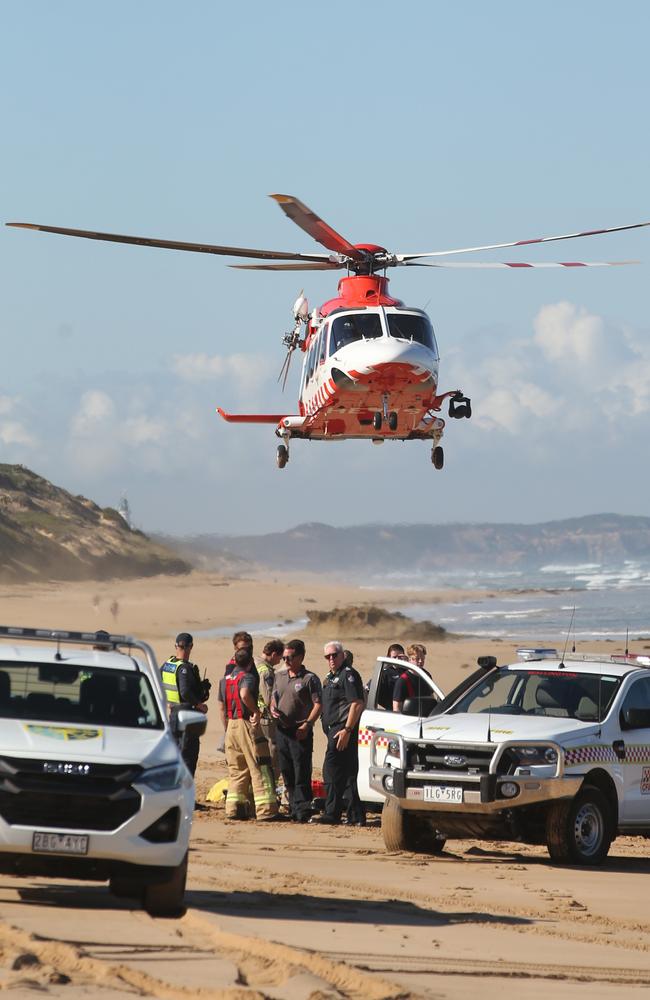
Mr Bruce said the data displayed for the helicopter was “MLAT derived, not ADSB” and branded the publicly available information as wrong.
“To that end any assumption of ADSB accuracy is incorrect,” he said.
Mr Bruce said the website showed information from another flight by the same pilot the previous day as “stationary on the Geelong Pier at minus (-) 400ft.”
Mr Westerink, who previously worked for Mr Bruce as an operations manager and pilot in 2005, has been described as “a dear friend” with outstanding integrity “as a person and pilot”.
Another colleague, Don Adamson, said it would have taken “something beyond his control” to crash.
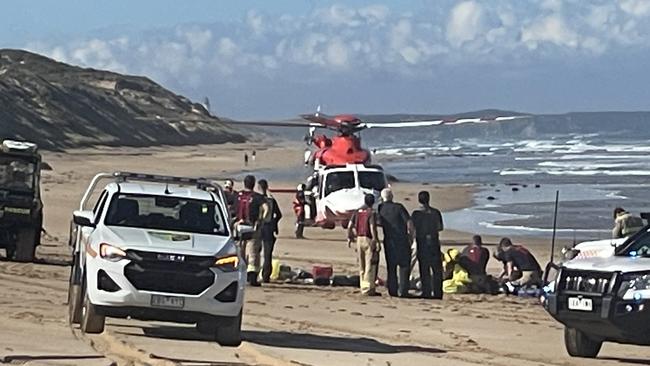
The ATSB and CASA have been contacted for comment and to clarify the flight tracking information.
Both have declined to comment.
The retrieval and recovery of all available recorded data is forming part of an expected five-month probe into the crash.
It’s understood the engine failed about 40m from shore, witnessed by multiple people on the beach who described seeing the chopper “flying low over the ocean”.
A male jogger, who waded into the swell to help pull passengers to safety, said he witnessed the chopper crash “just off the shore.”
Mr Westerink and a female passenger, in her 40s, were flown to the Royal Melbourne Hospital with serious injuries.
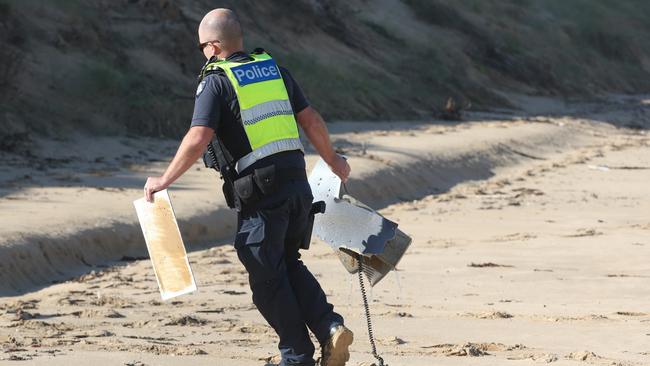
Another man, 53, was taken to Geelong hospital in a stable condition.
Meanwhile a commercial pilot with more than 3500 hours flying time said a helicopter engine failure required a crucial manoeuvre called “autorotation” to descend safely to the ground.
Jason Borys, a former Heli-Serv employee, said pilots were well trained and generally able to recover.
“If you have an engine failure you can glide the aircraft down in full control to find a spot to land,” he said.
“The higher you are the better you can find a spot and it obviously becomes more difficult at a lower height.”
More Coverage
Originally published as Australian Transport Safety Bureau (ATSB) probes Point Lonsdale helicopter crash




